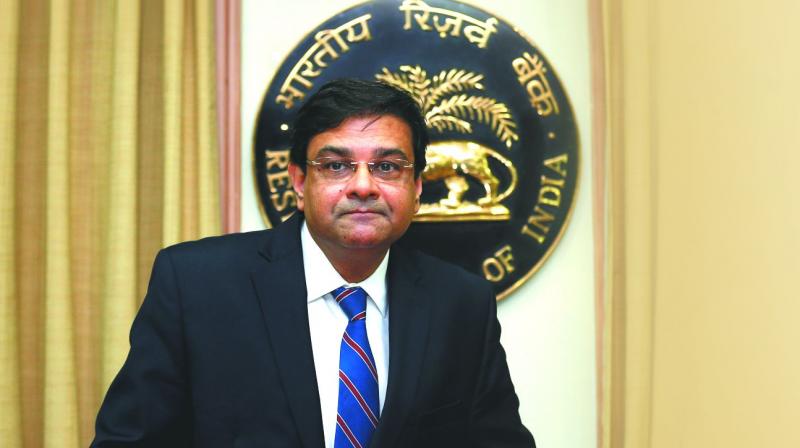Interest rate touches 6-year low after RBI's rate cut

Mumbai: As expected, the Reserve Bank on Wednesday slashed the repo rate by 25 basis point to 6 per cent, the lowest since November 2010 in view of the recent slump in consumer price inflation (CPI), but maintained its ‘neutral stance’ citing upside risk to inflation.
The sharp fall in the prices of food articles led to June CPI slipping to a five-year low of 1.5 per cent, way below RBI’s long-term target of 4 per cent and its April-September projection of 2-3.5 per cent.
Inflation excluding food and fuel, which has remained sticky has also fallen significantly over the past three months.
“These factors along with the normal and well distributed normal rainfalls and the smooth roll out of the GST has opened up the space of monetary policy accommodation,” RBI said.
However, industry experts said the move is not likely to immediately result in lower lending rates for final consumers as some of the banks are borrowing less under the repo window due to surplus liquidity.
Under the current scenario, an industry official said that banks with surplus liquidity would have to first take a decision on a reduction in deposit rates, which will bring down their average cost of funds. “This will give them enough room to cut lending rates,” he added.
While the monetary policy committee reiterated its projection of real gross value added growth of 7.3 per cent for FY18, it however flagged-off concern regarding weakness in ‘growth impulses’ in the service and industrial sector.
Maintaining a neutral stance, RBI governor Urjit Patel added that inflation is likely to rise from the current lows as there are several factors contributing to uncertainty around this baseline inflation trajectory. The implementation of farm loan waivers by states may result in possible fiscal slippages and undermine the quality of public spending, entailing inflationary spillovers.
RBI eyes better monetary transmission
The Reserve Bank has constituted an internal study group to suggest measures to improve the monetary transmission and further explore the possibility of linking the bank lending rates directly to market determined benchmarks.
RBI said that the marginal cost of funds based lending rate (MCLR) system introduced in April 2016 for improving the monetary transmission has not been entirely satisfactory, even though it has been an advance over the earlier base rate system.
“An internal study group has been constituted by the Reserve Bank to study the various aspects of the MCLR system from the perspective of improving the monetary transmission and exploring linking of the bank lending rates directly to market determined benchmarks,” it said.
The group will submit the report by September 24. According to the RBI, a quick scrutiny of the base rate of some banks post the introduction of MCLR suggests that it has moved significantly less than MCLR. While the extent of change in base rate may not necessarily mirror the revision in MCLR, RBI said, the rigidity of base rate is a matter of concern for an efficient transmission of monetary policy to the real economy. “Given a large part of the floating rate loan portfolio of banks is still anchored on the base rate, the RBI will be exploring various options in the near future to make the base rate more responsive to changes in cost of funds of banks,” it said.

